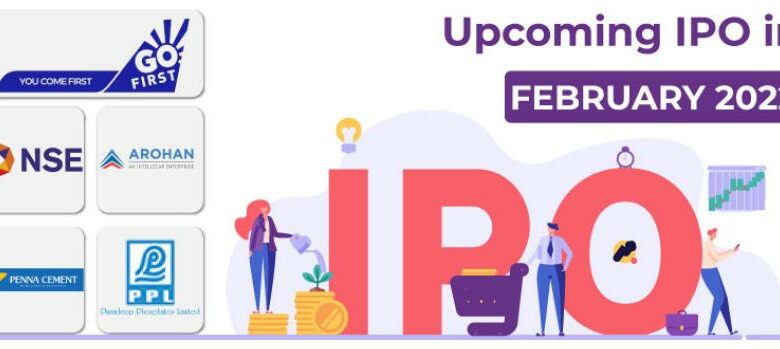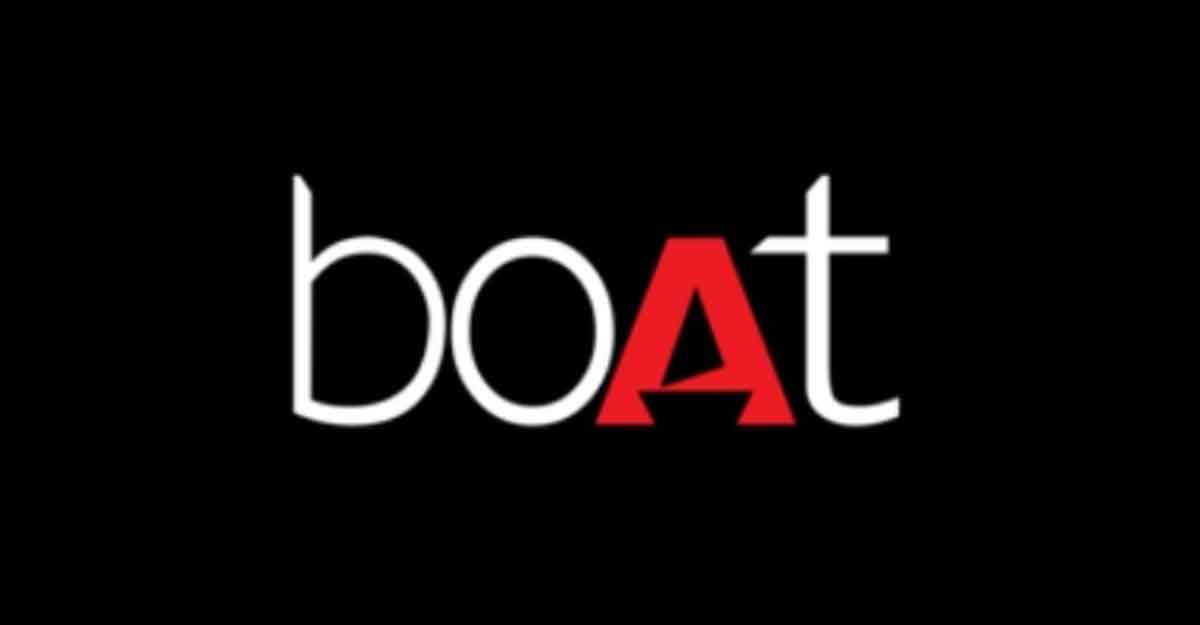This month’s 10 IPOs: Everything you need to know about whether or not to invest

This month’s 10 IPOs: Everything you need to know about whether or not to invest
There is a chance that ten Initial Public Offerings (IPOs) will be launched in February 2022. Below are all the facts you need to know about their issue price, issue size, profitability, and other factors.
1.Manyawar; Vedant Fashion Ltd

The IPO’s is launched keeping in mind to sell up to 3.63 cr. Equity shares to investors. The shares subscription is only 0.14 times on the first day of IPO 05.02.2022 and on 07.02.2022 it is subscribed for only 0.21 times. Investors only applied for 40.72 lakh Equity Shares out of a total of 2.54 crore units of the IPO. The shares would be priced between Rs 824 and Rs 866 per share, with a total value of Rs 3,149.19 crores.
2.WAAREE Energies Ltd

This company is related to energy sector.
The fresh issue of this IPO is total of Rs. 1350 crores out of the total issue of 1500 crores. However the offer for sale has not been declared yet.
The business had submitted draft documents to the Securities and Exchange Board of India (SEBI) in September. The IPO will consists of a fresh issue of shares for Rs 1,350 crore and an offer by the company’s promoters and existing shareholders to sell up to 4,007,500 equity shares in order to dilute their shareholding.
The company’s position is profitable as per the reported financial statements and therefore the retailers are allocated for 35% of the issue.
Since the IPO is related to energy sector and if all goes well with the valuation then the IPO has a strong probability and possibility to receive a good response.
3.Tracxn technology Ltd
This company is related to technology sector as evident from the name itself. Tracxn Technologies supplies private firms with market intelligence data.
The IPO’s entire offer is going to be an offer for sale that is of 38,672,208 shares are going to be offered to public in order to dilute company’s promoters and existing shareholders stakes.
As per financial statements of the company it’s position is not so good and is stating negative figures i.e. loss hence the retail individual investors are reserved for only 10% of the issue.
As per the SEBI guidelines if the company is reporting losses then the retailers can only be reserved for upto 10% of the issue size.
The growth and performance the company is tied to the other technological companies in the industry.
4.ESDS software Ltd.

In India, ESDS Software is a prominent supplier of managed cloud services and end-to-end multi-cloud requirements. Customers may get one-stop cloud adoption solutions from the firm.
The IPO’s fresh issue is of Rs. 322 crores and for rest of the amount 21,525,000 shares are going to be offered to public in order to dilute company’s promoters and existing shareholders stakes.
The company’s position is profitable as per the reported financial statements and therefore the retailers are allocated for 35% of the issue.
The company has strong possibility of receiving good response based on the future valuation.
5.Mobikwik Systems Ltd.

Mobikwik, a technology-driven Fintech firm founded in 2009, is one of India’s leading mobile wallets (MobiKwik Wallet) and Buy Now Pay Later (BNPL) players.
The company was most likely to launch its IPO this month but because of the market volatility the issue has probably been postponed. But if the market condition improves and bull market prevails then the IPO’s possibility to be launched in February is strong.
The total issue size of the company will be 1900 crores. In which fresh issue will be 1500 crores and rest of the amount 400 crores is going to be offer for sale.
The retail individual investors are reserved for only 10% of the issue. Because As per financial statements of the company it is operating in loss and figures are not very favorable for the company’s position.
6.Penna Cement

As per the budget in order to reduce the cost of conducting business, government has prioritized infrastructure development. To strengthen the infrastructure transportation costs and time needs to be reduced, allows for more geographically inclusive development.
The cement sector has strong potential of growth after the declaration of the budget.
The total issue size of the company is Rs 1550 crores. Out of which offer for sale is Rs. 250 and rest is fresh issue of Rs. 1300 crores.
The company’s position is profitable as per the reported financial statements and therefore the retailers are allocated for 35% of the issue.
7.Skanray Technologies Ltd

Skanray is a prominent global healthcare technology firm that specialises in high-resolution X-ray imaging systems, critical care, dental care, primary healthcare, and telemedicine.
The total issue size of the company is Rs 400 crores. Out of which offer for sale is 14,106,341 to dilute company’s promoters and existing shareholders stakes.
The company has been reporting losses for long but it is showing profits for the past few days.
So the retailers can be allocated either 35% or 10% as per the condition at the time of the launch of the IPO.
8.Emcure Pharma Ltd

The total issue size of the company is estimated to be Rs. 4500-Rs.5000 crores out of which Equity shares of Rs. 1100 is fresh issue and offer for sale is going to be of 18,168,356 shares to dilute company’s promoters and existing shareholders stakes.
The company’s position is profitable as per the reported financial statements and therefore the retailers are allocated for 35% of the issue.
9.GPT Healthcare Ltd.

GPT Healthcare, which owns the ILS Hospitals chain, has got permission from the capital markets regulator Sebi to fund up to Rs 500 crore through an initial public offering (IPO).
The total issue size of the IPO is Rs 17.5 crores. Out of which offer for sale to public is going to be Rs. 2.989 crores to dilute company’s promoters and existing shareholders stakes and rest is fresh issue.
According to the Draft Red Herring Prospectus (DRHP), the initial public offering (IPO) would include a fresh issue of equity shares worth Rs 17.5 crore and an Offer For Sale (OFS) of up to 2.98 crore equity shares by a promoter company and an investor.
10.BOAT i.e. Imagine Marketing Ltd.

One of India’s leading direct-to-consumer audio-focused electronics companies, Imagine Marketing, which owns the BoAt brand of earbuds and smartwatches, has filed for an initial public offering (IPO).
The total issue size of the company is Rs 2000 crores. Out of which offer for sale is Rs. 1100 and rest is fresh issue of Rs. 900 crores.
Edited and published by Ashlyn Joy




